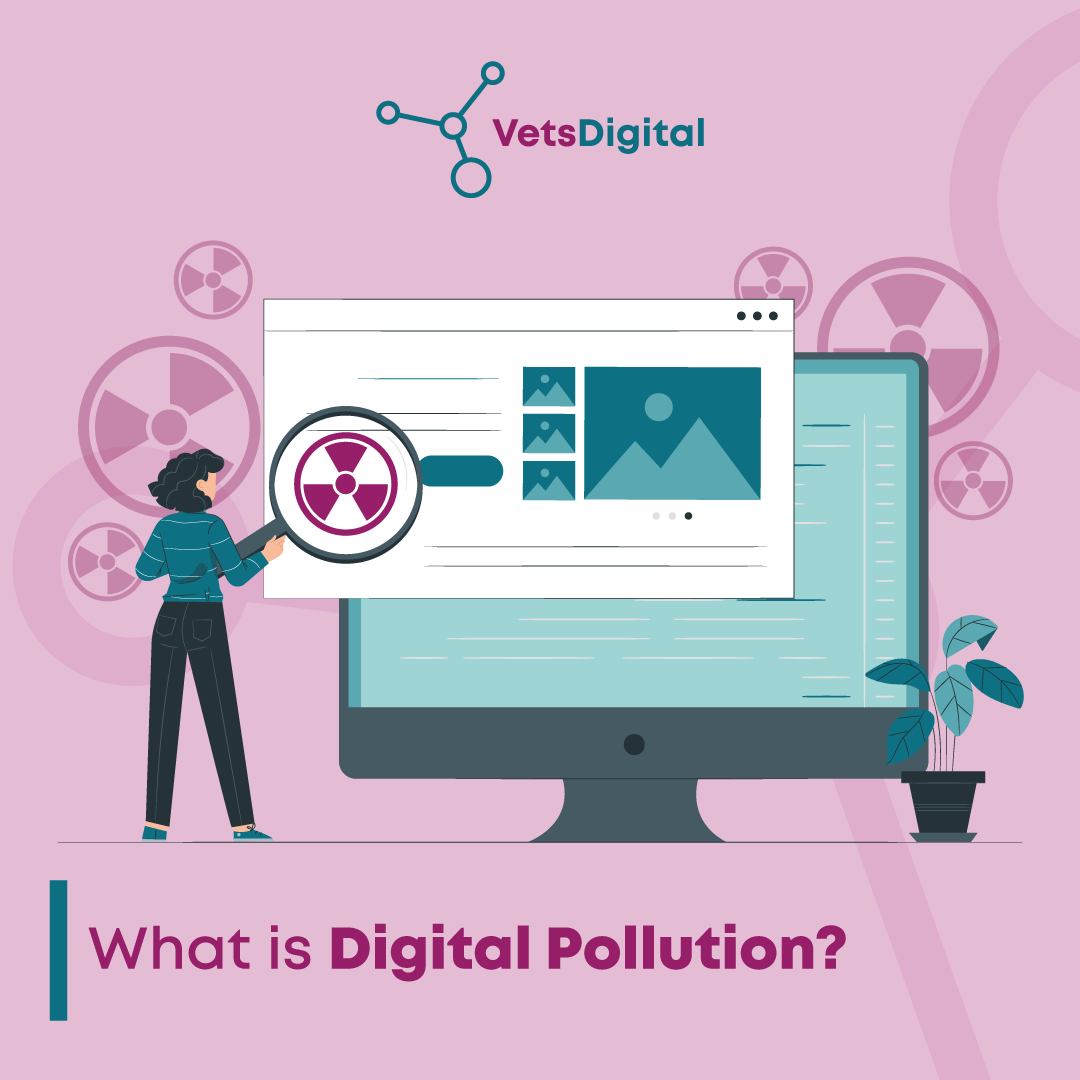Digital Marketing, News,
What is ROI and why is it important when it comes to digital marketing for your veterinary practice?
We know that veterinary practices already have a lot on their plates.
Increasing pet ownership figures and resource challenges are driving demand for veterinary services to an all time high, and this is just one of the reasons why it can be so easy for key digital marketing tactics, strategies and insights to be inadvertently overlooked.
But with the veterinary care market globally already valued at more than $74 billion USD [1], it’s clear to see that practices everywhere can benefit from growing their audience of pet owners and converting more visitors into clients.
Now, it’s no secret that there are many facets to digital marketing. With everything from social media to ads, website content to messaging platforms and more to think about, how do you know where you should be investing your valuable time and your money?
The answer lies in return on investment (ROI).
An introduction to ROI
Effective marketing campaigns have a positive ROI. So, for every £1 invested into a campaign, more than £1 is generated in profit.
Measuring ROI is critical to understanding which strategies are worth investing in and which aren’t providing outcomes that justify costs.
The benefits of measuring ROI
There are huge benefits in understanding and calculating the ROI you’re securing from your marketing tactics, including:
- Determining success
ROI is a key performance metric that can help you to determine whether your marketing strategy is successful.
There are numerous other metrics you can also use, however, none is as universal as ROI. It can even be used to analyse brand and awareness-building campaigns.
It is widely accepted that a 5:1 ratio is good when it comes to marketing ROI, meaning that you should be making £5 for every £1 spent.
- Budget allocation
It is impossible to accurately distribute your marketing budget without understanding exactly which facets of your strategy are driving the strongest outcomes.
This information will help you to invest in tactics with a lot of potential and allow you to minimise losses driven by poorly performing campaigns.
- Understanding your competitive position
ROI can help you to understand how your practice is performing when compared to your closest competitors. This information can be channelled back into your strategic decision making process to ensure you are directing your precious marketing budget into the most beneficial areas.
Understanding your client’s lifetime value
Client lifetime value (LTV) is another important metric that is closely aligned with ROI. Some of you reading this may have attended Huw’s talk at SPVS last month, but here’s recap:
The LTV is the overall net margin that the average pet owner will yield whilst they are a client. If each visit yields an average £30 in net margin x 3 visits annually x 10 years, their LTV is £900.
This figure can also be used to determine the long-term successes your marketing efforts are delivering. Using the above figures and the 5x multiple metric, you would aim to spend no more than £180 to acquire each new owner.
Naturally, pet owners who have a higher LTV will positively impact your overall ROI.
How to calculate ROI
As most digital marketing strategies target multiple different channels, it isn’t always easy to accurately calculate ROI. Additionally, there are a range of formulae that you could choose to use, each of which may help you to understand a different facet of your overall strategy.
Fundamentally, however, ROI is calculated as a percentage using the following formula:
(Net Profit / Total Campaign Cost) x 100 = ROI percentage.
Continuing from the figures above, if you spent £1800 on a campaign and won 10 clients with an LTV of £9000, the calculation would be (£9000 / £1800) x 100 = 500 per cent. A healthy return indeed.






